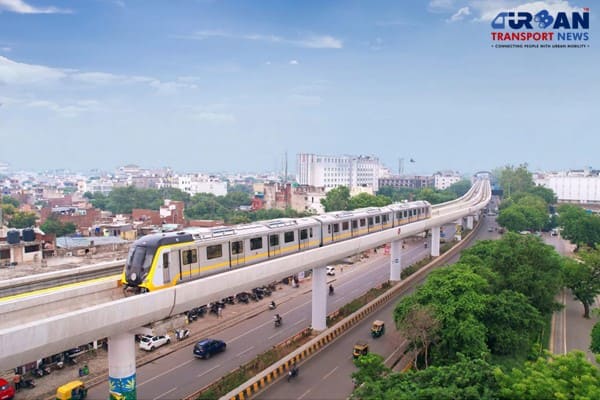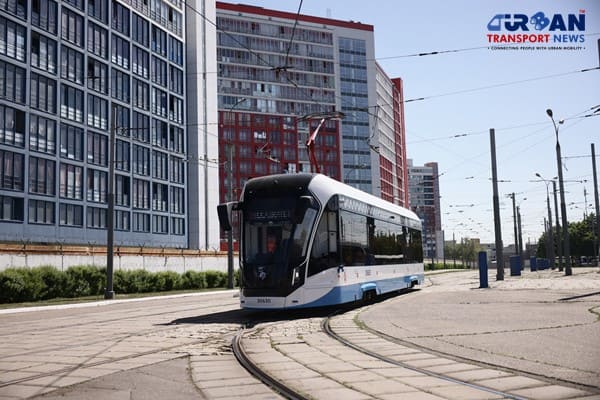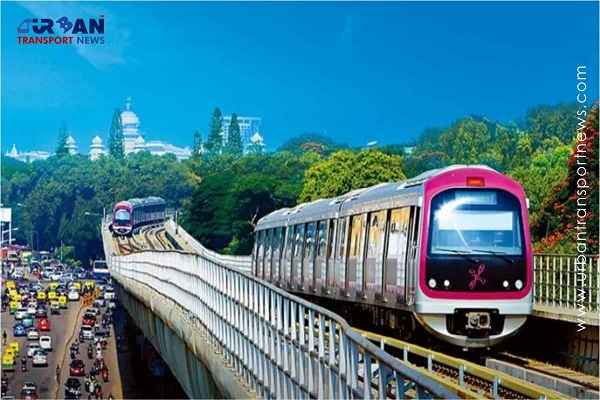 Patna to launch Eco-Friendly Water Metro; Trial Run soon between Digha and Kangan Ghats
Patna to launch Eco-Friendly Water Metro; Trial Run soon between Digha and Kangan Ghats Air India Group set to launch Flights Operations from Navi Mumbai International Airport
Air India Group set to launch Flights Operations from Navi Mumbai International Airport Chennai to launch 25-Year Mobility Plan with Unified QR Ticketing and One-App Transit System
Chennai to launch 25-Year Mobility Plan with Unified QR Ticketing and One-App Transit System Kochi Metro bags ₹4.4 crore contract to prepare DPR for Mumbai Water Metro Proejct
Kochi Metro bags ₹4.4 crore contract to prepare DPR for Mumbai Water Metro Proejct Navi Mumbai International Airport set for September launch; IndiGo and Akasa Air to lead Operations
Navi Mumbai International Airport set for September launch; IndiGo and Akasa Air to lead Operations Noida International Airport to be Inaugurated on October 30, Commercial Flights in 45 Days
Noida International Airport to be Inaugurated on October 30, Commercial Flights in 45 Days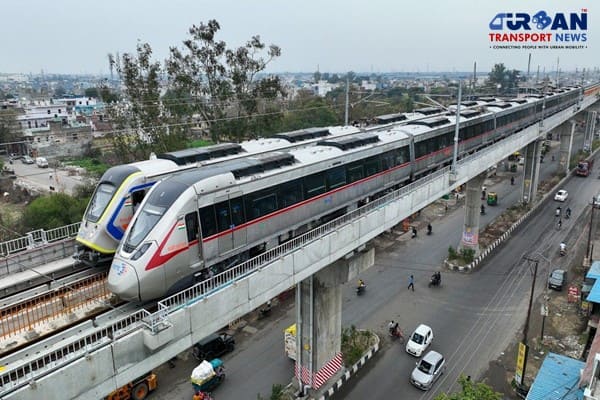 India Makes History: Namo Bharat RRTS and Meerut Metro to Run on Same Track
India Makes History: Namo Bharat RRTS and Meerut Metro to Run on Same Track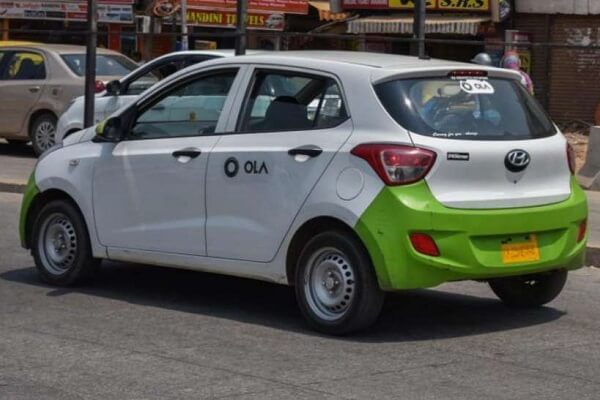 How the Standard for Car and Truck Wheels Is Changing
How the Standard for Car and Truck Wheels Is Changing How Cross-Docking Is Reshaping Urban Logistics
How Cross-Docking Is Reshaping Urban Logistics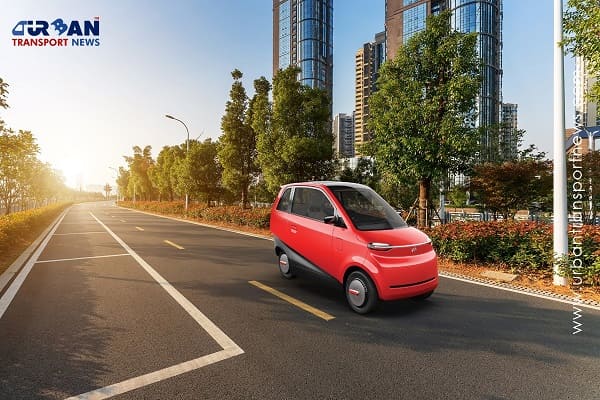 Ola, Uber Fares Set at 50% Minimum; Bike Taxis Legalised Under New Guidelines
Ola, Uber Fares Set at 50% Minimum; Bike Taxis Legalised Under New Guidelines
Delhi Metro launches i-ATS, an indigenously built CBTC based signalling technology
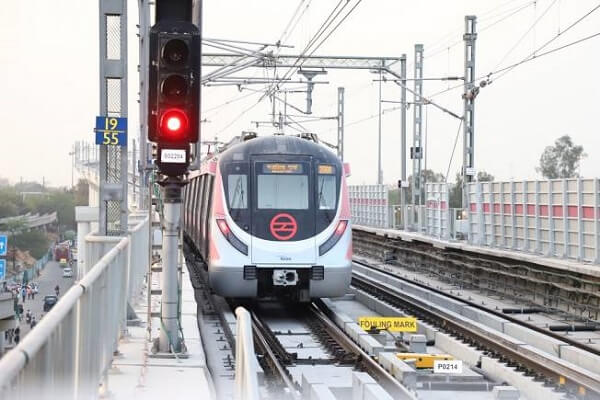
New Delhi, India (Urban Transport News): The Delhi Metro Rail Corporation Limited (DMRC) on 15th September 2020 took a major step towards the development of an indigenously built Communication Based Train Control (CBTC) based signalling technology for Metro railway with the launch of the i-ATS, which is an important sub-system of the Signalling system.
This prototype system, as well as a state of the art laboratory for further developing other subsystems of indigenous CBTC technology, was inaugurated at Shastri Park by Durga Shanker Mishra, Secretary, Ministry of Housing and Urban Affairs (MoHUA) in the presence of Dr Mangu Singh, Managing Director, DMRC, Mrs Shikha Gupta, Director, Bharat Electronics Limited (BEL) and other senior officials from DMRC and BEL
Speaking on the occasion, Durga Shankar Mishra, Secretary, MoHUA said:
It is a really proud occasion to start something like this which is going to add to our strength on the Atmanirbhar Bharat initiative. The way we have promoted indigenization in the development of Metros in the country, I am fully confident that this Indian system will also be sold outside and we will be the leaders in this area as well.
Dr Mangu Singh, Managing Director, DMRC, said:
This is a very important step towards the development of an indigenous CBTC system. I am sure that we will be able to work together and scale newer heights to completely indigenise Metro railway construction as well as operations.
What is i-ATS?
Indigenous Automatic Train Supervision (ATS) is a computer-based system, which manages train operations. This system is indispensable for high-density operations such as the Metro, where services are scheduled every few minutes. i-ATS is the indigenously developed technology, which will significantly reduce the dependence of Indian Metros on foreign vendors dealing with such technologies.
Earlier such technology systems are primarily controlled by the European countries and Japan. Later, the Ministry of Housing and Urban Affairs (MoHUA) had decided to indigenize the CBTC technology as part of the ‘Make in India’ initiative of the Government of India.
Salient features of i-ATS
Some of the main features of this technology are:
- It can work with Train Control & Signaling Systems of different suppliers.
- i-ATS can work with different levels of technology of Train Control and Signalling systems.
- It is also suitable for introduction in Indian Railways which is now introducing Centralized Train control, on a large scale, which uses part of ATS functions.
The i-ATS was jointly developed by DMRC, NITI Aayog, MoHUA, BEL and CDAC are part of this development. However, DMRC has been nominated to lead this important ‘Make in India’ initiative.
To take the project forward, DMRC and BEL signed a Memorandum of Undertaking (MoU) for development of indigenous ATS system. A dedicated team of DMRC and BEL worked together round the clock to take this important step towards ‘Atma Nirbhar Bharat’.
DMRC has decided to use indigenous ATS (i-ATS) while upgrading the ATS of line 1 (Red Line) i.e. from Rithala to Shaheed Sthal, Ghaziabad. The same shall also be used in Delhi Metro Phase 4. The predictive Maintenance module shall also be introduced in Phase IV corridors using the i-ATS system.
DMRC and BEL have signed another MoU at the occasion for the indigenous development of “Rolling Stock Drivers’ Training System” for training driving and troubleshooting skills to Train Operators.
"We are totally dependent on imports for this. It will be a mock-up of a train’s driving cab with a computer-based system at the back end, where the different real-life scenario will be created to train the operator on driving and troubleshooting skills," said in the official release issued by DMRC.
The driving simulators (training systems) procured so far are Rolling Stock specific. The indigenous system can be utilized for multiple stocks by selecting from among the options available in the database.





